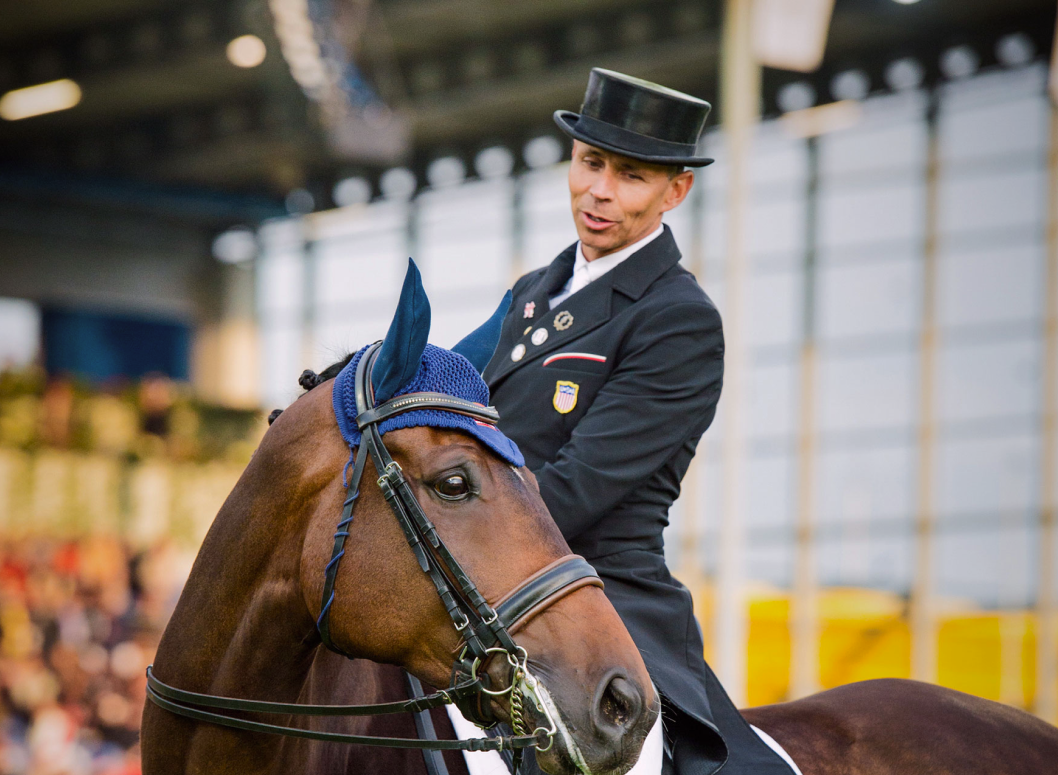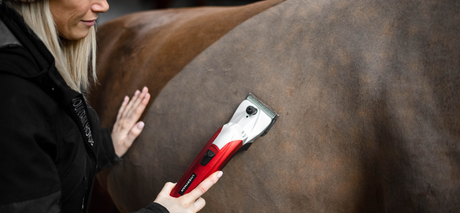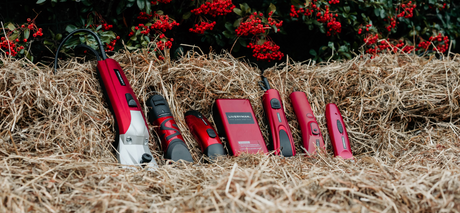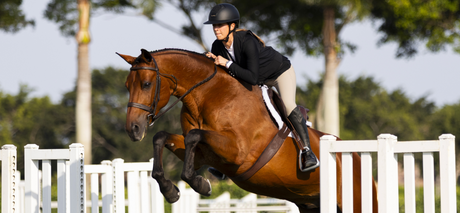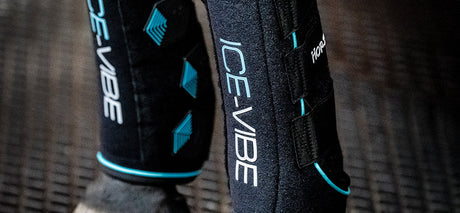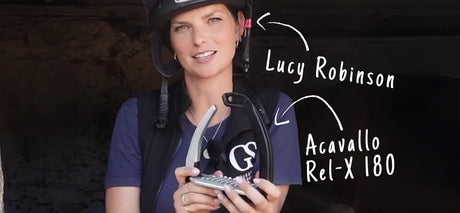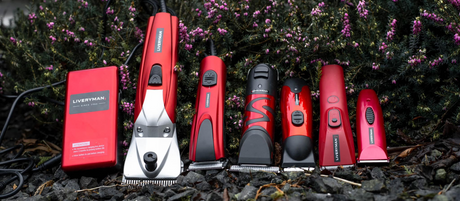How do I go about checking my horse’s mouth and what do I need to look for?
When we return to our stable or field after hacking, schooling etc we naturally remove our tack. When we remove our saddle we check out the back. We check the sternum where the girth has been. We remove our brushing boots, or bandages and check the legs. We pick out the feet, checking the sole, frog etc. We remove the bridle, sponging or brushing off any sweat residue. Much attention is given to all of the above making sure that everything is normal. But how many of you check the mouth as this most sensitive part of the horse’s anatomy has also been ‘in use’?
You are probably the only person that has the opportunity to check your horse’s mouth on a regular basis for anything unusual, including any signs of bruising, cuts, etc. Check out the tongue and don’t forget to look underneath as ulcers and trauma can occur here. The tongue may be lifted gently in order to look underneath but do not grab it and hang on as it is a muscle and damage may occur. Check out the upper palate and bars for any sign of rubbing. Don’t forget to look inside the cheeks in case the flesh has been pushed into the teeth by the cheek of the bit. This is not an uncommon injury and is often only found by the Dentist. Obviously if the external corners of the lips are rubbed it will be clearly apparent, but don’t forget to turn the corner out to check for rubbing inside.
Often on our bitting advice line riders will tell us they have for the first time checked the mouth, but only because there was a reason to do so, such as some adverse change in the horse’s way of going. Many people have asked for instance is it normal for my horse to have a discoloured bar? Is it normal to have a red mark on the upper palate? Is it normal to have swellings on the inside of the cheek? We could go on, but the answer is we don’t know, as we cannot compare this with previous observations. Some difference in pigmentation may have been present at birth, other conditions may be old trauma that is healed and settled and causing no problems. Admittedly some horses are reluctant to have their mouths examined. However, with perseverance and reward this; even with older horses is usually achievable.
One tip you may find useful is to have a friend scratch the withers vigorously, as this usually takes their mind off it. Starting this early handling experience with foals makes it easier in the long term and it also prevents any worming issues. Remember we would always train horses to pick up their feet; we have just taken away their main instinctive form of defence which is flight. So, taking this one step further is scratching the withers, stroking the neck, poll and ears whilst asking them to open the mouth. If done systematically, there is usually no issue – in fact most foals will instinctively open their mouth on feeling a little tongue pressure, but this can also be taught to adult horses, just remember they have teeth so keep your fingers out of the way!

